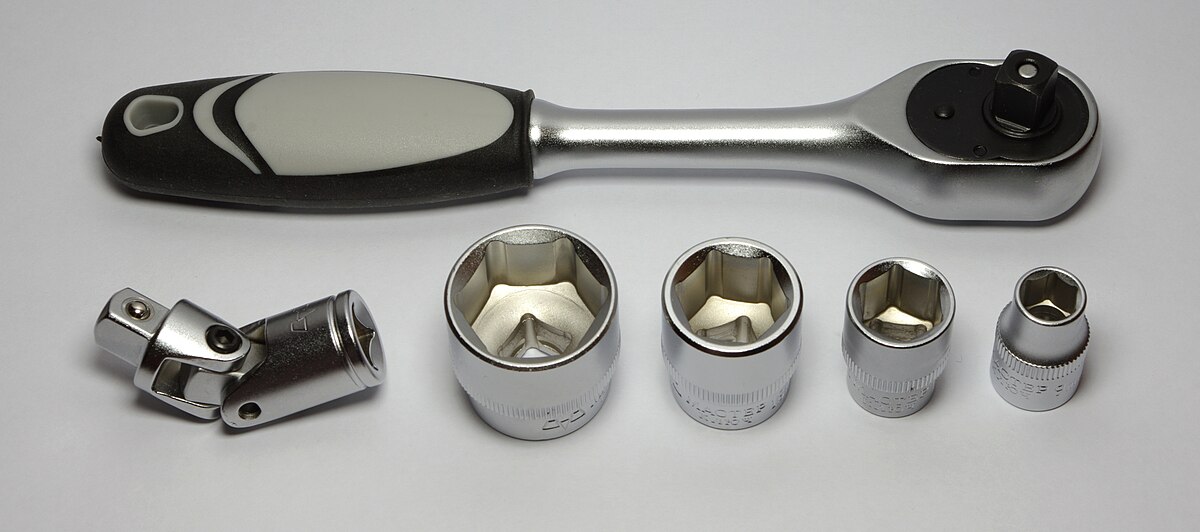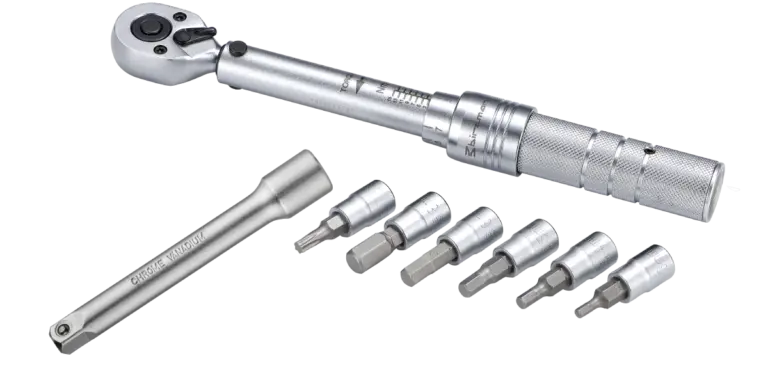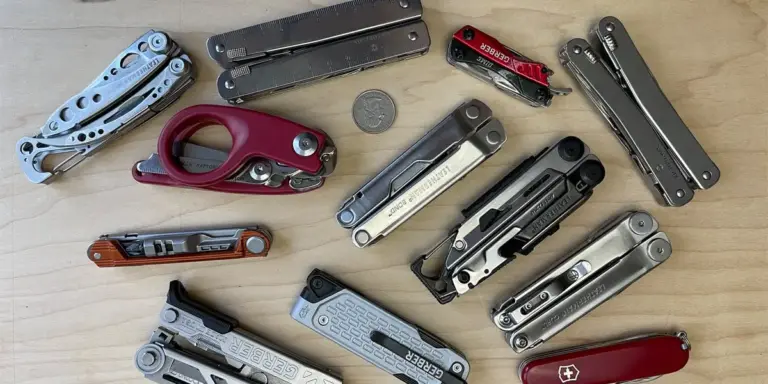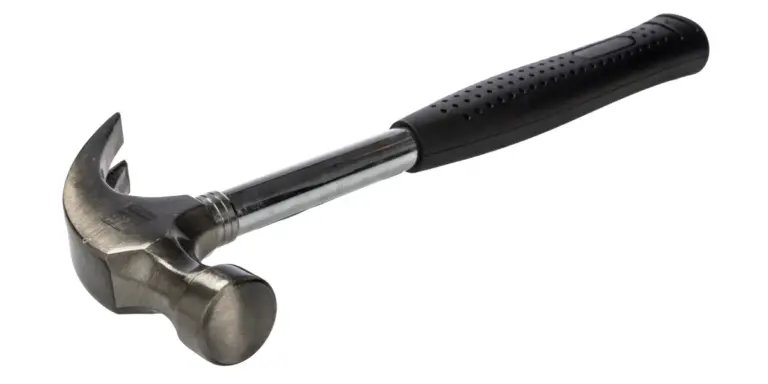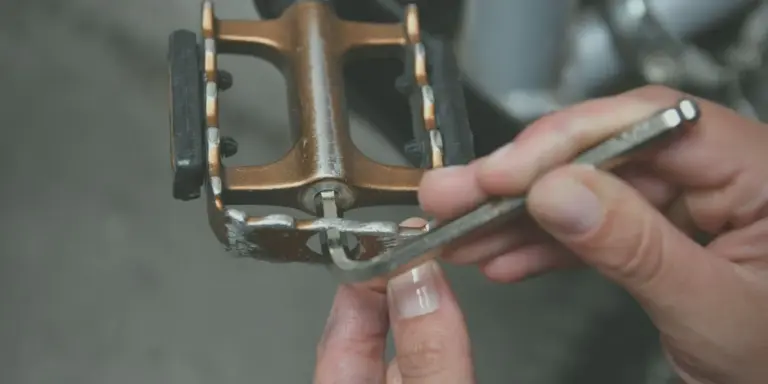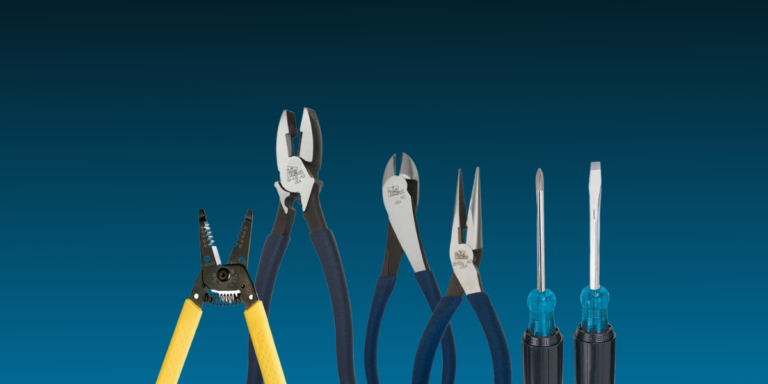Ratchet Sets: What You Need to Know
Ratchet sets are one of the most essential parts of any serious DIY toolkit. Whether I’m working on my car, assembling furniture, or tackling a project in the garage, having the right ratchet set has saved me time, frustration, and even a few busted knuckles. The versatility, convenience, and mechanical advantage a good set provides makes it an indispensable tool in a wide range of repair and construction tasks.
If you’ve ever tried to loosen a rusted bolt in a cramped engine bay or tighten a fastener behind a piece of machinery, you know how difficult it can be without the right tools. That’s where ratchet sets really shine. They allow you to apply torque quickly and efficiently, even in tight spots, without having to remove and reposition your tool after each turn.
In this article, I’ll walk through everything you need to know about ratchet sets—what they include, how to choose the right one, the different drive sizes, head styles, and accessories, plus tips on storage and maintenance. If you’ve ever stood in the tool aisle wondering whether a 72-tooth or 90-tooth ratchet is better for your needs, this guide will help clear things up.
What’s in a Typical Ratchet Set?
Most ratchet sets include three key components: ratchets, sockets, and extension bars. A well-rounded set may also include universal joints, adapters, spark plug sockets, hex bits, and sometimes even wrenches. The number of pieces in a set can range from a small 20-piece starter kit to a full 200+ piece mechanic’s set.
Ratchets are the heart of the system. They contain the mechanism that allows for turning fasteners in one direction while resetting the handle in the opposite direction without removing the tool. This makes them ideal for working in confined spaces where full rotations aren’t possible.
Sockets come in a variety of sizes and are designed to fit different bolt and nut heads. They attach to the ratchet via the drive square and let you apply torque evenly and securely. I’ve found that having both SAE and metric sockets in a set helps avoid delays during a project—because nothing’s more annoying than needing a 10mm and realizing you only have inch sizes.
Extension bars give you reach and flexibility. When a bolt is recessed deep into an engine compartment or behind a panel, an extension makes it accessible without having to contort your body into impossible positions.
Drive Sizes: Which Should You Choose?
One of the first things I had to learn when getting serious about tools was the difference between the various drive sizes: ¼”, ⅜”, and ½”. Each one has a purpose and knowing when to use each makes a big difference in both efficiency and safety.
¼-Inch Drive
This is the smallest and most delicate size. It’s best for light-duty work like electronics, small appliances, or interior automotive components. The compact size makes it easier to maneuver in tight spaces. I use this for dashboard repairs, tightening hose clamps, and small assemblies around the house.
⅜-Inch Drive
This is the most versatile drive size. It balances strength and accessibility, and it’s what I reach for most often when working on general automotive tasks or home improvement jobs. With a ⅜” ratchet, you can cover a wide range of torque needs and socket sizes.
½-Inch Drive
This is your heavy-hitter. I grab my ½” drive when I need serious torque—think lug nuts, suspension bolts, or large fasteners on outdoor structures. It can handle the stress without risking damage to the tool or bolt.
Having ratchet sets that include all three drive sizes allows me to switch between light, medium, and heavy-duty work without missing a beat.
Tooth Count and Swing Arc
Tooth count is another major feature that impacts performance. Ratchets work by engaging teeth inside the head to allow incremental movement. The more teeth a ratchet has, the finer the swing arc, which means less movement is needed to reset the handle.
A 72-tooth ratchet, for example, requires just 5 degrees of movement, making it ideal for working in tight spaces. I also have a 90-tooth ratchet with a 4-degree arc that’s incredibly useful for engine work or cabinetry.
If you’re mostly working in open spaces or large projects, a lower tooth count may be fine. But when every degree of movement counts, high-tooth-count ratchet sets are a huge advantage.
Head Styles: Standard vs. Flex-Head vs. Swivel
Ratchets also come with different head styles, and I’ve learned the hard way that using the wrong one can slow you down or prevent you from accessing hard-to-reach bolts.
Standard Fixed Head
This is the most common type. It’s reliable, simple, and great for general tasks. I keep one in each drive size for straightforward work.
Flex-Head
These have a pivoting head that can angle in different directions. When I’m working on engine components or behind toilets, the flex-head lets me get into tight angles without stressing my wrist.
Swivel Head
Swivel-head ratchets provide 360-degree movement and are incredibly useful for weird angles. They take a bit of getting used to, but once mastered, they can be faster and more comfortable for certain jobs.
For the most part, I rely on standard heads for everyday tasks and break out the flex or swivel heads for special circumstances.
Materials and Durability
Ratchet sets need to stand up to torque, wear, and sometimes even abuse. That’s why I pay close attention to the materials used. Most high-quality ratchets and sockets are made from chrome vanadium (Cr-V) steel—a strong, corrosion-resistant alloy that offers great durability. Some premium sets use chrome molybdenum (Cr-Mo) for even more strength, especially in impact-rated tools.
The chrome finish helps prevent rust, and it also makes cleanup easier after a messy job. Tools with laser-etched size markings are easier to read, especially in low light. I’ve also learned to avoid no-name sets made from low-grade materials—they might be cheaper, but they’re more likely to fail under pressure.
For long-term use, ratchet sets made with strong, tested materials are worth every penny.
Storage and Organization
Another factor that makes or breaks a good ratchet set is the case. It may seem like a small detail, but a solid storage system can save you a lot of time. I’ve had cheap sets where the sockets fall out of place every time I open the lid—and that’s infuriating when you’re in the middle of a job.
Look for molded plastic cases or metal trays with clearly labeled slots for each piece. Some sets come in modular trays designed to fit neatly into tool drawers or workbench organizers. I prefer sets that allow me to see all the tools at a glance so I’m not digging for a missing socket.
Keeping ratchet sets organized extends the life of your tools and improves your efficiency every time you use them.
Impact vs. Standard Ratchet Sets
If you’re working with an impact driver or wrench, you need to use impact-rated sockets. Regular sockets can shatter under the force of an impact tool, which is both dangerous and damaging. Impact sockets are made from thicker steel and usually have a black oxide finish instead of chrome.
For most of my hand-tool work, I use standard chrome sockets. But when I’m doing lug nut removal or suspension work with an impact wrench, I switch to impact-rated tools. It’s an important distinction, and another reason to consider having multiple ratchet sets tailored to different tasks.
Budget vs. Premium Brands
You’ll find ratchet sets in every price range—from budget options at your local hardware store to high-end brands favored by professionals. I’ve used sets from companies like Craftsman, Husky, and GearWrench, which offer a great balance of price and performance for DIYers.
On the premium end, brands like Snap-on, Matco, and SK Tools offer unbeatable build quality, precision, and warranties—but at a much higher cost. If you’re a weekend mechanic or home improver like me, mid-range ratchet sets often provide everything you need without breaking the bank.
That said, investing in one high-quality set can save you money in the long run by avoiding replacements or damage.
My Recommended Ratchet Sets
If you’re wondering which ratchet sets are worth your time, here are a few I’ve used or recommend regularly:
- GearWrench 80550 57-Piece Set – Excellent ⅜” drive set with a solid mix of deep and shallow sockets, a sturdy case, and smooth ratchets.
- Tekton ½-Inch Drive Socket Set – Great for automotive work, with durable chrome vanadium construction and a straightforward design.
- DEWALT Mechanics Tool Set, 192-Piece – Versatile for all-around DIY use, includes all three drive sizes and accessories in a rugged carry case.
- Husky 60-Piece Universal Mechanics Tool Set – Budget-friendly with universal fit sockets and compact case for general home use.
Each of these sets offers something a bit different depending on your focus, but they’re all great starting points for building a versatile and effective toolkit.
Maintenance Tips
To keep your ratchet sets in top shape, I recommend a few basic maintenance habits:
- Clean after use – Wipe off dirt, grease, and grime before storing.
- Lubricate occasionally – Add a drop of light oil into the ratchet mechanism to keep it smooth.
- Store in a dry place – Avoid leaving your tools in damp areas to prevent rust.
- Inspect for wear – Replace any sockets that show signs of cracking or damage.
A little care goes a long way, and maintaining your ratchet sets ensures they’ll serve you well for years to come.
Conclusion
Ratchet sets are more than just a convenience—they’re a fundamental part of any well-equipped DIY workspace. With the right combination of drive sizes, sockets, and accessories, you can tackle a huge variety of projects with efficiency and confidence. From car repairs to home renovations, having a quality set on hand can make the difference between a job done and a job done right.
If you’re serious about DIY and want to work smarter, not harder, now’s the time to invest in a good set. Ratchet sets are a cornerstone tool, and once you start using them consistently, you’ll wonder how you ever got by without them.

